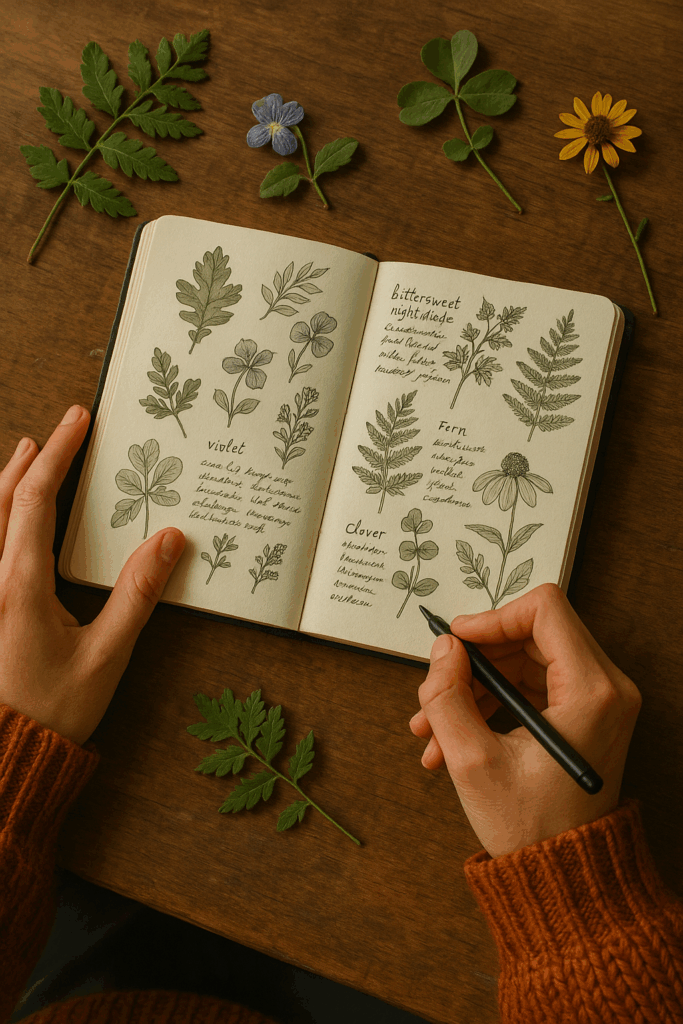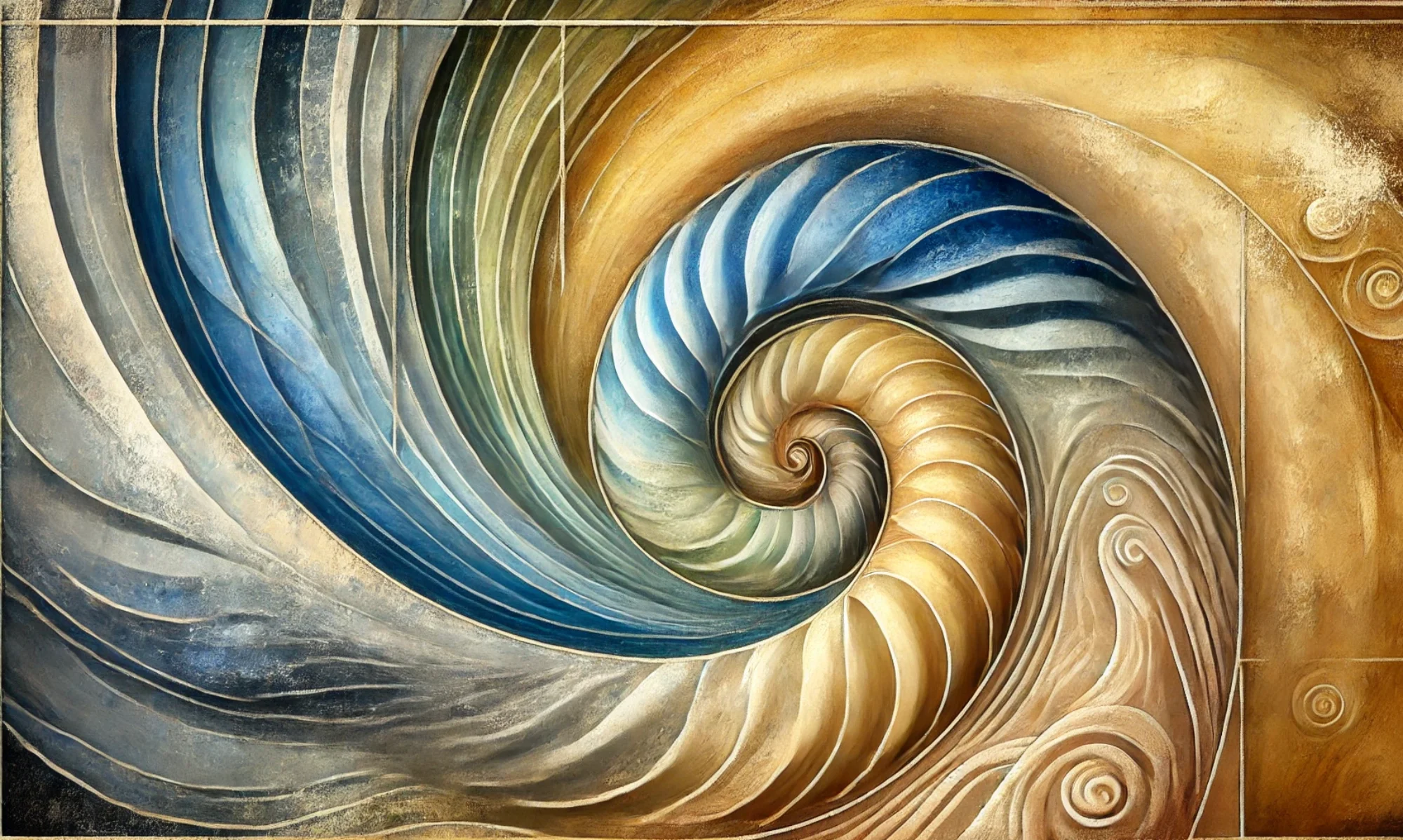
What Makes Life Interesting?
In The Art of the Interesting, Lorraine Besser sets out to explore a deceptively simple yet elusive question: what makes life interesting? Drawing from philosophy, psychology, and aesthetics, she weaves a compelling argument that cultivating interestingness is a moral and meaningful pursuit – one that enhances both individual wellbeing and our shared human experience.
Pleasure vs. Interestingness
Besser distinguishes between the pleasurable and the interesting, arguing that while pleasure is fleeting and often passive, interestingness is active, engaging, and ultimately more fulfilling. What makes something interesting, she suggests, is its capacity to stimulate cognitive-emotional engagement – it grabs our attention, provokes curiosity, and invites deeper reflection or interaction. In this way, the interesting serves as a catalyst for growth and a key ingredient of the good life.
Traits of an Interesting Life
The book is structured around the idea that being an interesting person – and leading an interesting life – is not about performing for others or seeking novelty for its own sake. Rather, it’s about developing the character traits and habits that allow us to see and respond to the world in more nuanced, imaginative, and authentic ways. These include openness to experience, critical thinking, emotional depth, and creativity.
Interestingness as a Moral Stance
What stands out in Besser’s approach is the seriousness with which she treats the idea of “interestingness.” Far from being a superficial aesthetic preference, it becomes a moral and philosophical stance. She proposes that cultivating what’s interesting isn’t just a matter of personal taste – it can actually shape who we become and how we relate to others. The interesting life, in her formulation, is one that’s reflective, engaged, and ethically aware.
Culture, Curiosity, and Conformity
Some of the most thought-provoking parts of the book explore how our sense of what’s interesting is shaped by culture, social dynamics, and educational experiences. Besser questions whether we are raising young people to be curious and courageous enough to pursue what truly interests them, or whether conformity and external validation are stifling those instincts. For readers interested in self-development, coaching, or education, these reflections are especially relevant.
Practising the Art of the Interesting
One beautiful and grounded way to practice what Besser advocates is through nature journaling – a contemplative act of noticing, sketching, and reflecting. In Keeping a Nature Journal, Clare Walker Leslie invites us to slow down and engage with the natural world through careful observation and creative recording. This kind of mindful attention is a powerful way to train ourselves in the art of the interesting, not as spectacle, but as quiet depth.
A Soulful Undertone
As someone with a deep interest in life purpose and soulful living, I appreciated how Besser’s work connects intellectual curiosity with emotional resonance. While she doesn’t use the language of “soul” explicitly, her emphasis on depth, richness, and meaning overlaps with the kinds of qualities often associated with soulful purpose. In a culture obsessed with performance and productivity, this book offers a refreshing and necessary invitation: to make room for what genuinely captures our imagination – and to value that pursuit as a worthy end in itself.
A Philosophical Read with Lasting Value
That said, some readers might find parts of the book lean more toward theoretical abstraction than practical application. Besser is, after all, a philosopher, and the writing reflects that discipline. Still, for those willing to sit with the ideas and let them unfold, The Art of the Interesting offers plenty to chew on.
Conclusion: An Invitation to Live Deeply
In the end, this book isn’t just about how to be interesting, but how to live in such a way that your days feel richer, your relationships more alive, and your worldview more expansive. Whether you’re a coach, educator, artist, or simply a seeker, Besser’s invitation is clear: to live curiously, courageously, and creatively – for that, truly, is the art of the interesting.
Explore more in this theme
If this book resonated with you, you might enjoy others under the theme of Soulful Living & Inner Growth. These reviews explore books that invite deeper reflection, nurture emotional and spiritual wellbeing, and offer gentle guidance for living a more meaningful and authentic life. Let them accompany you as you slow down, look inward, and reconnect with what truly matters.
